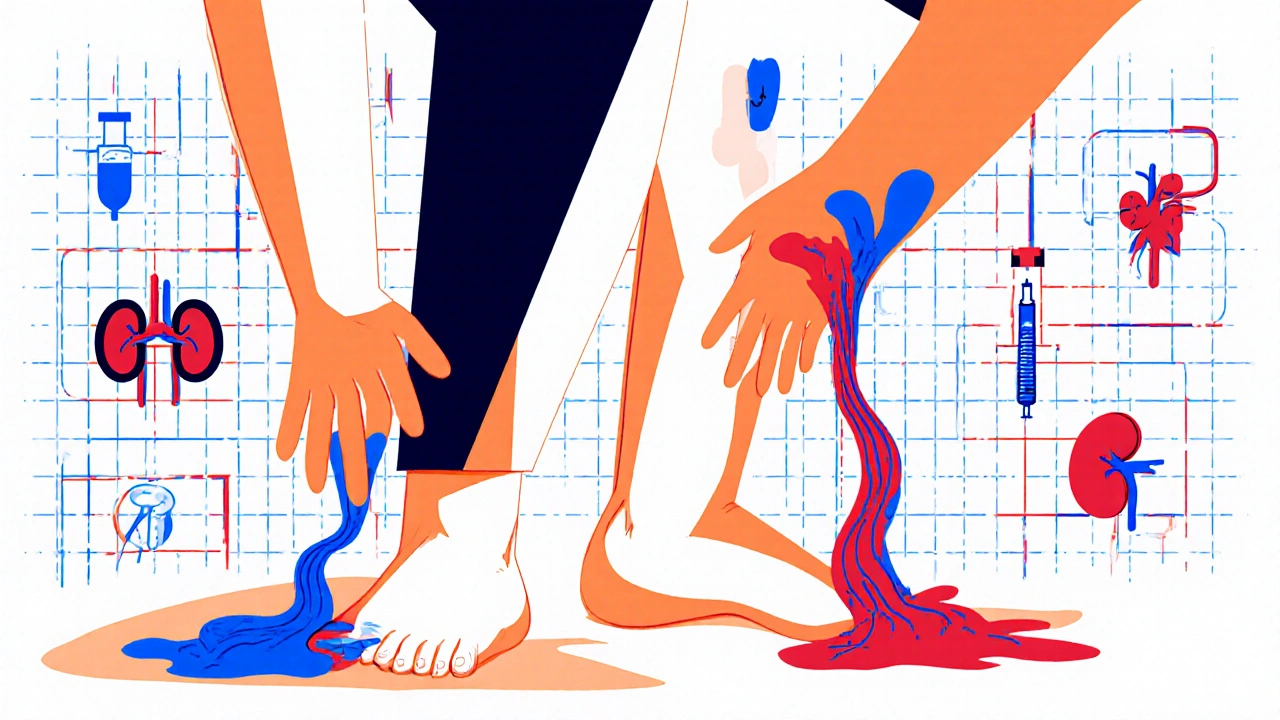
Swelling in your hands or feet might seem like a minor annoyance-maybe you wore tight shoes, sat too long, or had a salty meal. But if it’s new, sudden, or getting worse, it could be your body’s way of telling you something serious is happening. Medication-induced swelling is more common than most people realize, and ignoring it can lead to bigger problems. You didn’t sign up for this when you started your pill, but now you’re wondering: is this normal, or do I need to call my doctor?
What’s Actually Happening in Your Body?
Not all swelling is the same. When medications cause swelling in your hands and feet, it’s usually one of two things: either your blood vessels are leaking fluid because they’ve widened too much, or your kidneys are holding onto salt and water because the drug is messing with their function. The most common culprits are drugs like calcium channel blockers (amlodipine, nifedipine), used for high blood pressure. These relax your arteries to lower pressure, but they can also let fluid escape into your tissues-especially around your ankles. About 1 in 7 people taking a standard 10mg dose of amlodipine end up with noticeable swelling. It’s usually worse at the end of the day, and your legs might leave deep marks from your socks. Then there’s hand-foot syndrome, also called palmar-plantar erythrodysesthesia. This isn’t just puffiness-it’s redness, tingling, burning, and sometimes blisters on your palms and soles. It’s most often linked to chemotherapy drugs like capecitabine, affecting up to 60% of patients. Even mild cases can make it painful to hold a toothbrush or turn a doorknob. Other offenders include NSAIDs (like ibuprofen or naproxen), steroids, and some diabetes meds like pioglitazone. Even gabapentin and pregabalin, often prescribed for nerve pain, can cause swelling in the lower legs. The timing matters too. If swelling shows up within 72 hours of starting a new medication, there’s a 78% chance it’s the drug’s doing.Red Flags: When Swelling Is a Medical Emergency
Not every bit of puffiness needs an ER visit. But some signs mean you should call your doctor right away-not tomorrow, not next week.- One-sided swelling (only one ankle or hand) could mean a blood clot. If it’s warm, red, or tender, the risk of a pulmonary embolism is real.
- Swelling with shortness of breath or chest pain might signal heart failure. Your heart isn’t pumping well, and fluid backs up into your lungs and limbs.
- Rapid weight gain-more than 2 pounds in 24 hours or 5 pounds in a week-is a clear sign your body is holding too much fluid.
- Skin changes like open sores, blisters, or dark discoloration on your hands or feet, especially if you’re on chemo, require immediate attention.
- Little or no urine output (less than 500 mL per day) suggests your kidneys are struggling. This can be life-threatening.
For chemotherapy patients, the American Society of Clinical Oncology says: if your hand-foot syndrome is so painful you can’t wash yourself or get dressed (Grade 3), you need to contact your oncologist within hours. Delaying can mean your treatment has to stop-or get worse.
What You Can Do Right Now
If you’re noticing swelling but don’t have any red flags, here’s what you can try while waiting to talk to your doctor:- Elevate your feet above heart level for 30 minutes, three times a day. This simple trick can reduce swelling by 15% in just two days.
- Watch your salt. Cut sodium to under 2,300 mg per day. That’s about one teaspoon of salt. Processed foods, canned soups, and restaurant meals are hidden sources.
- Wear compression socks. Look for 20-30 mmHg pressure. Studies show they reduce swelling by 40% in people on blood pressure meds.
- Move gently. Walking or swimming helps your muscles pump fluid back toward your heart. Avoid standing still for long periods.
- Take diuretics at the right time. If your doctor prescribes a water pill, take it in the morning-not at night-to avoid sleepless hours spent rushing to the bathroom.
For hand-foot syndrome, avoid hot water, tight shoes, and friction. Use a moisturizer with urea (10%), but don’t expect miracles-some studies show it helps, others don’t. Vitamin B6 is often recommended, but a major 2022 review found no real benefit. Arnica gel has shown promise in one small study, but it’s not standard care.
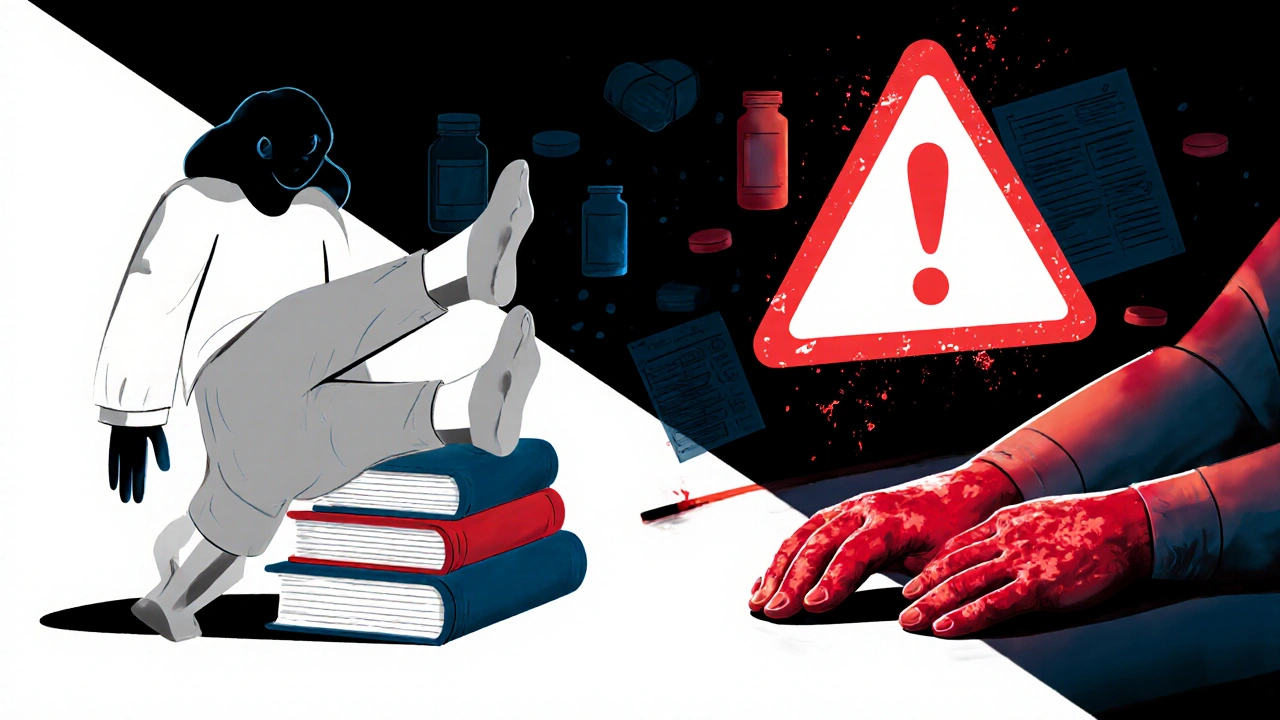
What Your Doctor Might Do
Your doctor won’t just tell you to “wait it out.” They’ll look at your full list of meds, your kidney and heart function, and how severe the swelling is. For calcium channel blocker swelling, the most common fix is switching to another blood pressure drug-like losartan or lisinopril. In 85% of cases, swelling disappears within two weeks. Sometimes, they’ll add a low-dose ACE inhibitor, which helps reduce fluid buildup and resolves swelling in 60-70% of patients. For hand-foot syndrome from chemo, the main strategy is lowering the dose of the drug causing it. Most patients can keep treatment going with adjusted doses. In some cases, treatment pauses until symptoms improve. The key is catching it early. The Norton School’s 2024 data showed that patients who got educated about swelling signs were 3.2 times more likely to reach out in time-and far less likely to end up with lasting damage.Why People Wait Too Long (And Why That’s Dangerous)
A 2023 survey of 872 people with medication-induced swelling found that 55% didn’t call their doctor right away. Why? They thought it was “just normal,” “nothing serious,” or “I’ll wait and see.” That delay is costly. FDA data shows 37% of serious complications from drug-related swelling happened because people waited an average of 8.2 days before seeking help. By then, fluid overload can strain the heart, kidneys can get damaged, or infections can set in from broken skin. On patient forums like Reddit and Drugs.com, people describe swelling that made them give up walking, sleeping, or even wearing their favorite shoes. One user wrote: “I had to buy three pairs of wide shoes in three months.” Another said, “I couldn’t hold my grandchild’s hand because my palms hurt too much.” But there’s good news, too. A GoodRx user reported complete ankle swelling resolution just five days after switching from amlodipine to losartan-while still keeping their blood pressure under control.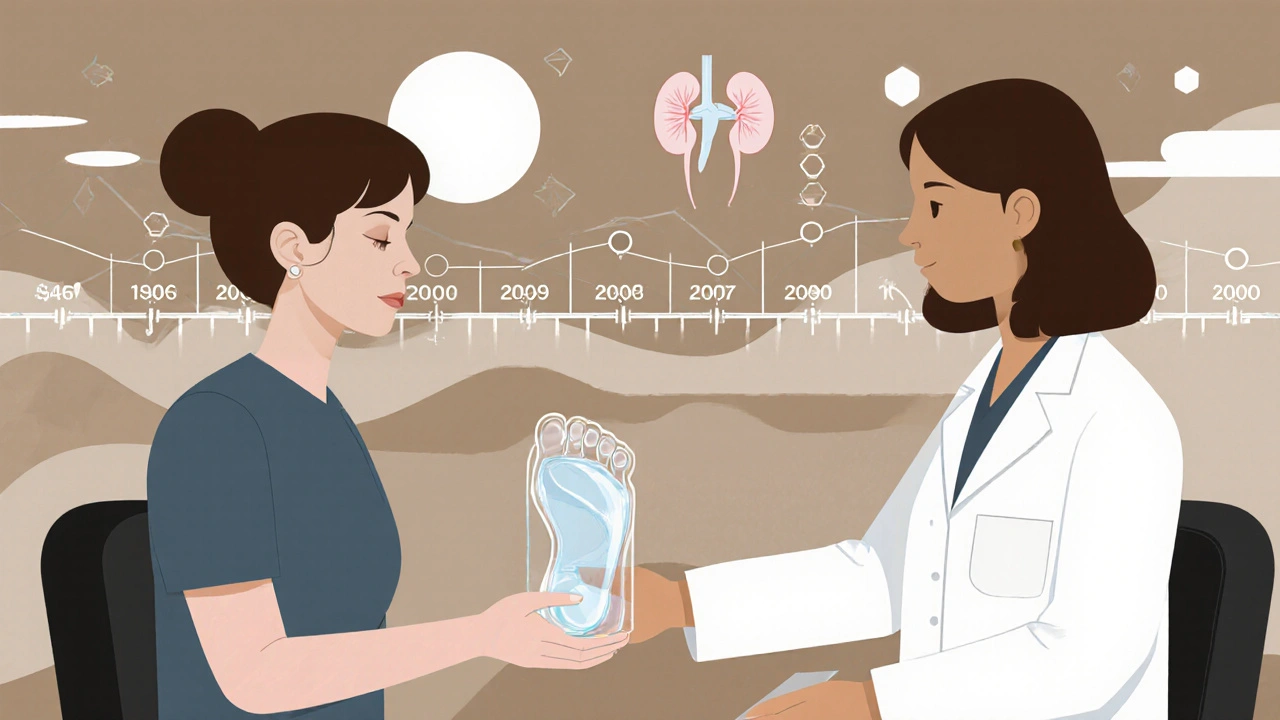
Can You Prevent It?
Sometimes, yes. Starting calcium channel blockers at a lower dose (2.5-5 mg instead of 10 mg) cuts swelling risk by 60%. For chemo patients, using urea cream twice daily on palms and soles can reduce hand-foot syndrome by 25%. But prevention isn’t always possible. Some drugs simply cause swelling as a side effect, and that’s part of the trade-off. That’s why awareness is your best tool. If you’re on any of these meds-amlodipine, ibuprofen, pioglitazone, capecitabine, gabapentin-know the signs. Check your hands and feet every day. Take note of changes. Don’t brush it off.Bottom Line: Don’t Guess. Call.
Swelling from meds isn’t something you should power through. It’s not a rite of passage. It’s a signal. And while many cases are mild and fixable, others can turn dangerous fast. If you’re unsure, call your doctor. If you have any red flags-unilateral swelling, chest pain, rapid weight gain, skin breakdown-call now. You don’t need to wait for an appointment. Your pharmacist can help too. They know what you’re on and what side effects to watch for. The goal isn’t to scare you. It’s to empower you. Most swelling resolves quickly once the cause is addressed. But only if you act in time.Is hand and foot swelling from medication normal?
It’s common, but not normal. About 5-15% of people on certain drugs like amlodipine or NSAIDs develop swelling. While it often isn’t dangerous, it’s a sign your body is reacting to the medication. It should never be ignored-especially if it’s new, worsening, or paired with other symptoms.
How long does medication-induced swelling last?
If you stop or switch the drug, swelling usually improves within 1-4 weeks. For calcium channel blocker swelling, switching to a different blood pressure med resolves it in 85% of cases within two weeks. For hand-foot syndrome from chemo, reducing the dose often helps within days to a week. If swelling lasts longer than a month after stopping the drug, you may need further testing for other causes like heart, kidney, or lymphatic issues.
Can I take diuretics (water pills) to reduce the swelling?
Not without your doctor’s approval. Diuretics can help in some cases, like fluid overload from heart failure, but they don’t fix the root cause of drug-induced swelling. For swelling caused by vasodilation (like from amlodipine), diuretics often don’t work well. In fact, they can make your blood pressure drop too low or damage your kidneys if used incorrectly. Always talk to your doctor before taking any new medication.
Does swelling from medication mean I have heart failure?
Not necessarily. Swelling from drugs like calcium channel blockers is different from heart failure swelling. Heart failure swelling usually comes with other signs: shortness of breath (especially when lying down), fatigue, rapid heartbeat, and swelling in the abdomen. But because the symptoms overlap, doctors always check heart function when someone has new swelling-especially if they’re older or have other risk factors.
Should I stop taking my medication if my feet swell?
No. Never stop a prescribed medication on your own. Stopping blood pressure or chemo drugs suddenly can be dangerous. Instead, contact your doctor. They can determine if the swelling is related to the drug and whether a dose change, alternative medication, or additional treatment is needed. Most cases can be managed without stopping the drug entirely.
Are there any natural remedies that help with medication swelling?
Some people report relief from elevation, compression, and reducing salt. A 2023 study found arnica gel reduced hand-foot syndrome symptoms by 28% compared to placebo, but this isn’t widely recommended yet. Vitamin B6 and topical urea are often tried, but evidence is mixed. The safest natural approaches are lifestyle changes: avoid standing too long, wear loose shoes, and keep your feet elevated. Always check with your doctor before trying supplements or creams, especially if you’re on chemo or blood pressure meds.
Can swelling from medication cause long-term damage?
Yes, if ignored. Persistent swelling can lead to skin breakdown, infections, or chronic lymphedema-where fluid builds up permanently because the lymph system is damaged. In rare cases, untreated fluid overload can strain the heart or kidneys. The good news: 89% of cases resolve completely with timely intervention. The key is not waiting until it’s too late.
Swelling in your hands or feet might start small, but it’s not something to shrug off. Whether you’re on a blood pressure pill, a painkiller, or chemotherapy, your body is trying to tell you something. Listen. Act. Call your doctor. It could be the simplest step you take-and the most important.


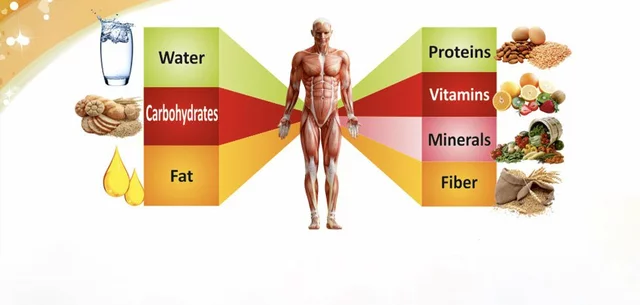
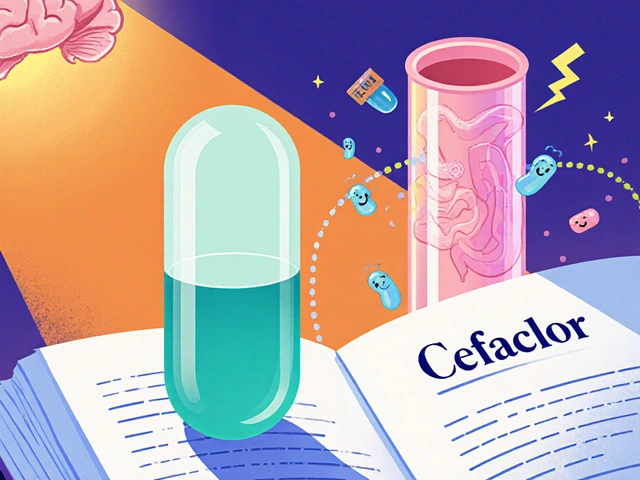
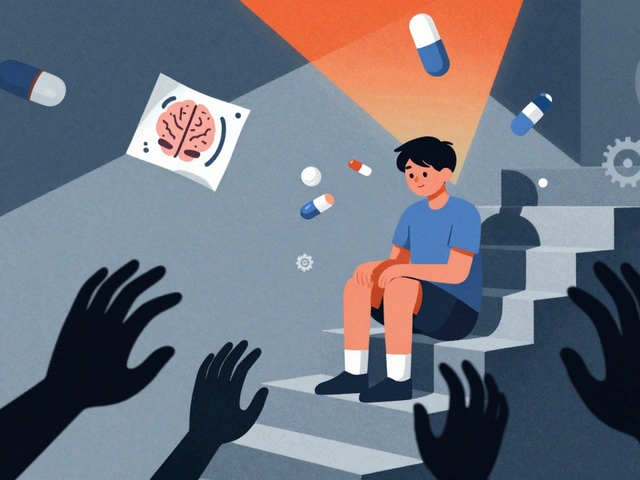
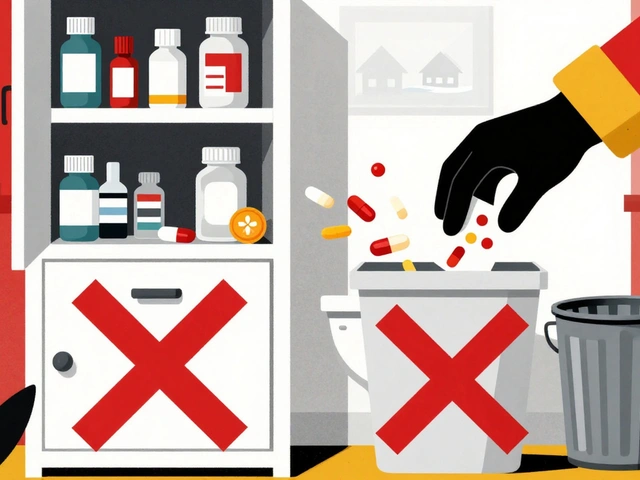
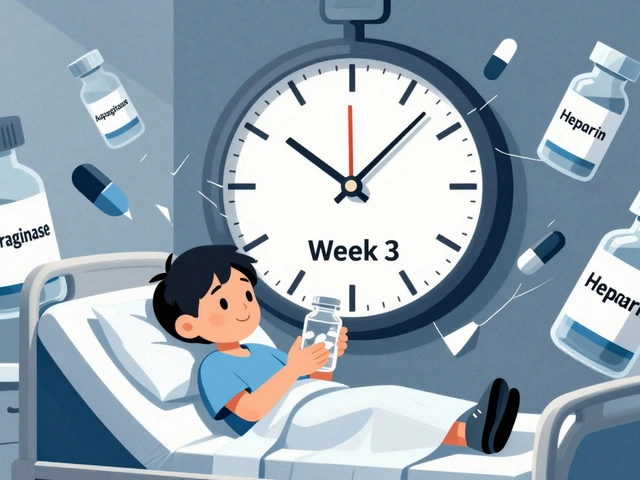
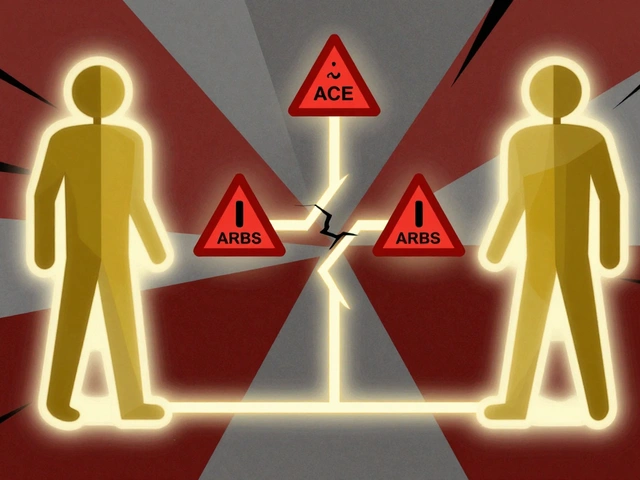

9 Comments